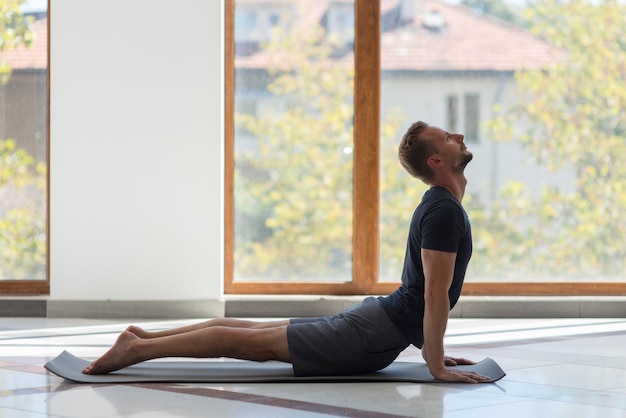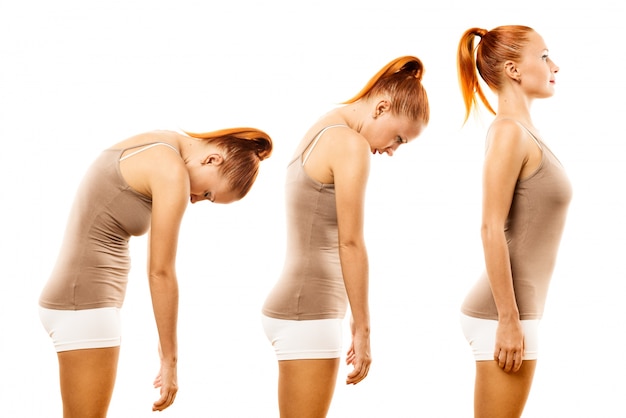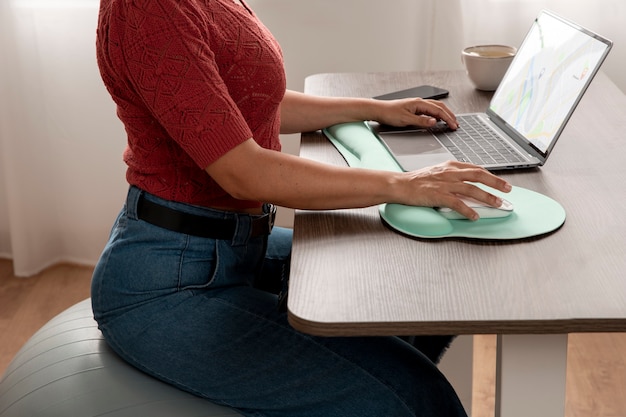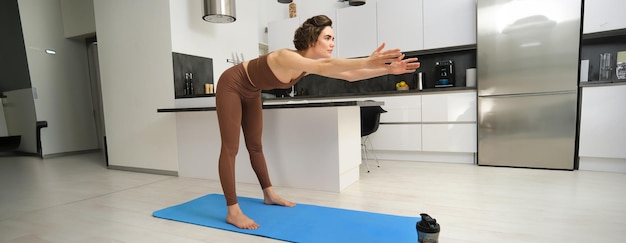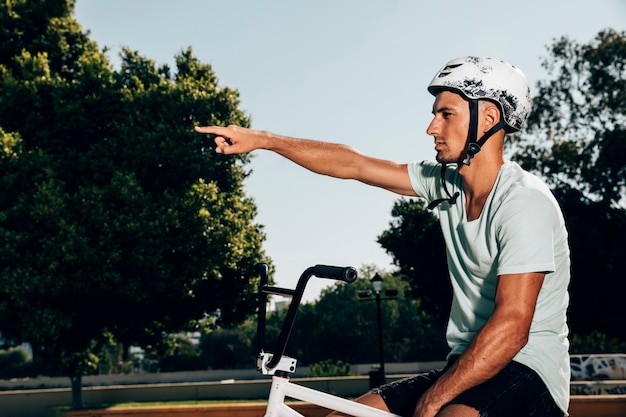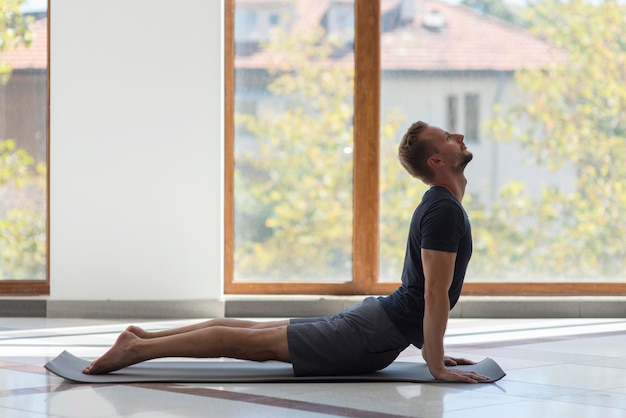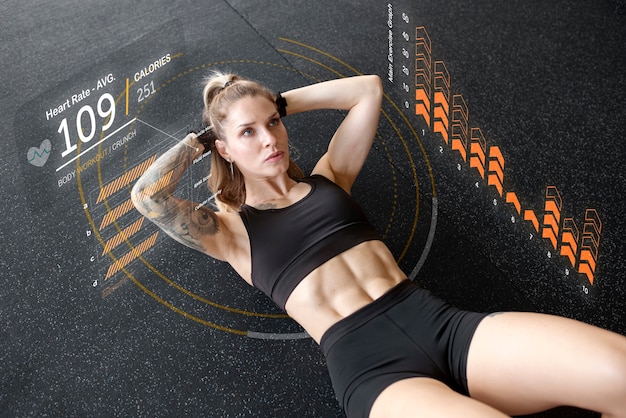45 Proven Posture & Ergonomics Tips for Cyclists: Stay Injury-Free and Ride Stronger
Cycling is a fantastic way to stay fit, explore nature, and reduce your carbon footprint. But poor posture and improper ergonomics can turn a joyful ride into chronic pain. Whether you're a commuter, weekend warrior, or competitive rider, optimizing your body's alignment and bike setup is essential to prevent injury and improve performance.
This comprehensive guide delivers 45 actionable, no-nonsense tips to help you refine your cycling posture, adjust your bike ergonomically, and monitor your progress—so you can ride longer, stronger, and pain-free.
Why Posture & Ergonomics Matter for Cyclists
Unlike standing or walking, cycling places unique stress on your spine, hips, knees, and shoulders. A poorly fitted bike or slouched riding position can lead to:
- Lower back pain
- Neck and shoulder tension
- Knee strain
- Hand numbness
- Reduced power output
The good news? Most of these issues are preventable with proper posture and ergonomic adjustments.
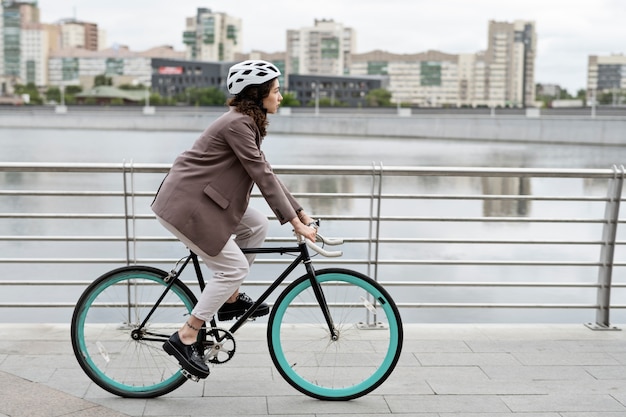
Bike Fit & Setup Tips (1–15)
- Set your saddle height so your knee is slightly bent (25–30°) at the bottom of the pedal stroke.
- Align the saddle parallel to the ground to avoid sliding or pressure points.
- Position the saddle fore-aft so your kneecap lines up with the pedal spindle when the crank is horizontal.
- Adjust handlebar height to reduce spinal flexion—higher bars for comfort, lower for aerodynamics.
- Ensure handlebar width matches your shoulder width to prevent shoulder strain.
- Use ergonomic grips or bar tape to reduce hand pressure and numbness.
- Angle brake levers downward slightly so your hands rest naturally.
- Choose a stem length that allows a slight bend in elbows without overreaching.
- Use a mirror or video to check your riding position from the side and front.
- Consider a professional bike fit for optimal alignment and efficiency.
- Replace worn saddle padding to maintain pelvic support.
- Use cleats positioned to align feet naturally over pedals—avoid internal or external rotation.
- Check tire pressure regularly—under-inflation increases rolling resistance and body strain.
- Use a bike computer to monitor cadence; aim for 80–100 RPM to reduce joint stress.
- Test adjustments incrementally—small changes make big differences.
On-Bike Posture Tips (16–30)
- Keep your back flat, not rounded, to protect your lumbar spine.
- Engage your core muscles lightly throughout the ride to stabilize your torso.
- Relax your shoulders—don’t hunch or tense them up toward your ears.
- Keep elbows slightly bent to absorb road vibrations.
- Look ahead, not down, to maintain cervical spine alignment.
- Change hand positions frequently on drop bars to avoid nerve compression.
- Avoid locking your elbows or hyperextending your wrists.
- Shift your weight back slightly when climbing to maintain traction and balance.
- Keep your head in line with your spine—imagine a string pulling it upward.
- Breathe deeply and rhythmically to support posture and endurance.
- Stand up periodically on flat terrain to relieve pressure on soft tissues.
- Rock your hips slightly when standing to engage glutes and reduce fatigue.
- Keep your knees in line with your toes—don’t let them cave inward.
- Use a mirror or buddy to check your form during long rides.
- Record a short video of your ride to analyze posture flaws.
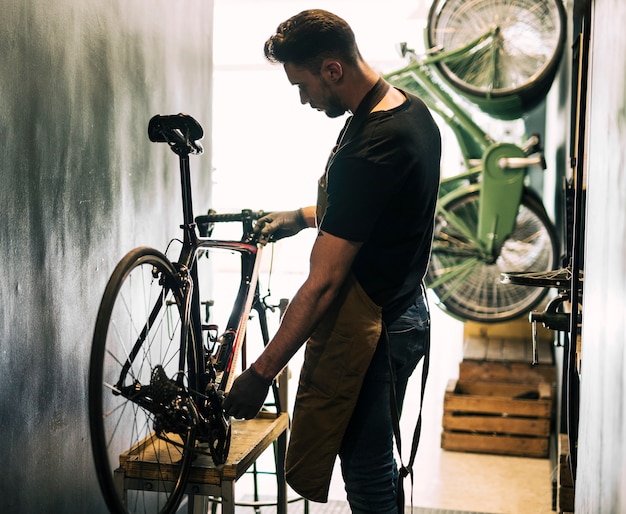
Off-Bike Habits & Exercises (31–45)
- Strengthen your core with planks, bird-dogs, and dead bugs 3x weekly.
- Stretch hip flexors daily—tight hips pull the pelvis forward, straining the back.
- Perform thoracic spine mobility drills to improve upper back flexibility.
- Do shoulder retractions to counteract hunching on the bike.
- Use a foam roller on quads, glutes, and upper back post-ride.
- Practice yoga or Pilates to enhance body awareness and flexibility.
- Sit with proper posture at work—use a lumbar roll if needed.
- Take standing breaks every 30 minutes if you work at a desk.
- Use an ergonomic chair that supports natural spinal curves.
- Sleep on a supportive mattress with a pillow that keeps your neck neutral.
- Stay hydrated—dehydration reduces muscle elasticity and joint lubrication.
- Warm up before rides with dynamic stretches like leg swings and arm circles.
- Cool down with static stretches focusing on hamstrings, calves, and chest.
- Track your pain levels weekly—note any new or worsening discomfort.
- Reassess your bike fit every 6–12 months or after major fitness changes.
Progress Checks: How to Know You’re Improving
Improvement isn’t just about speed or distance—it’s also about how your body feels. Use these checkpoints:
- No numbness in hands or feet during or after rides.
- Reduced pain in back, neck, knees, or shoulders.
- Easier breathing due to open chest and relaxed shoulders.
- Increased comfort on long rides without shifting constantly.
- Improved power transfer and pedaling efficiency.
Revisit these 45 tips monthly, make small tweaks, and track your progress. Over time, good posture and ergonomics become second nature—letting you enjoy every mile to the fullest.







